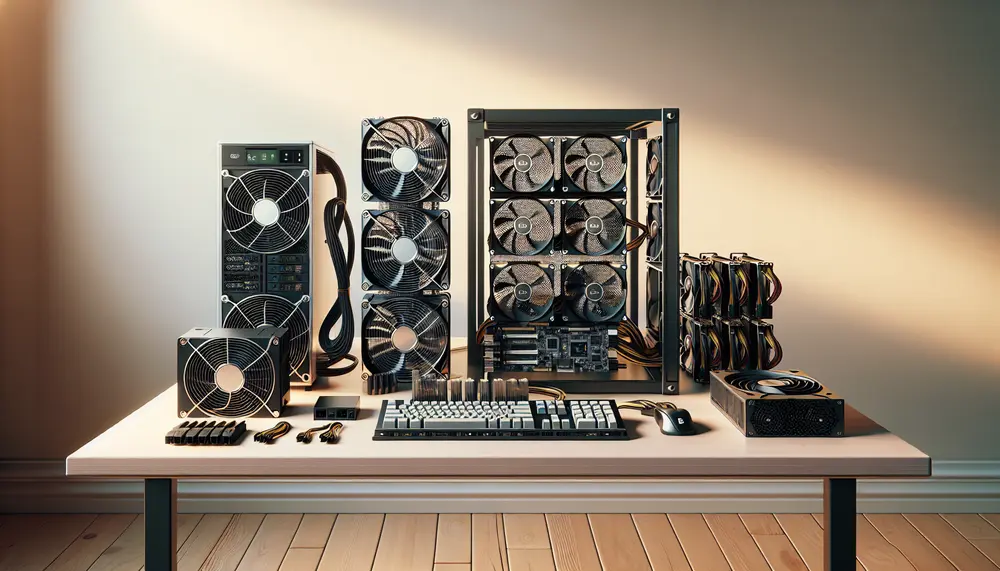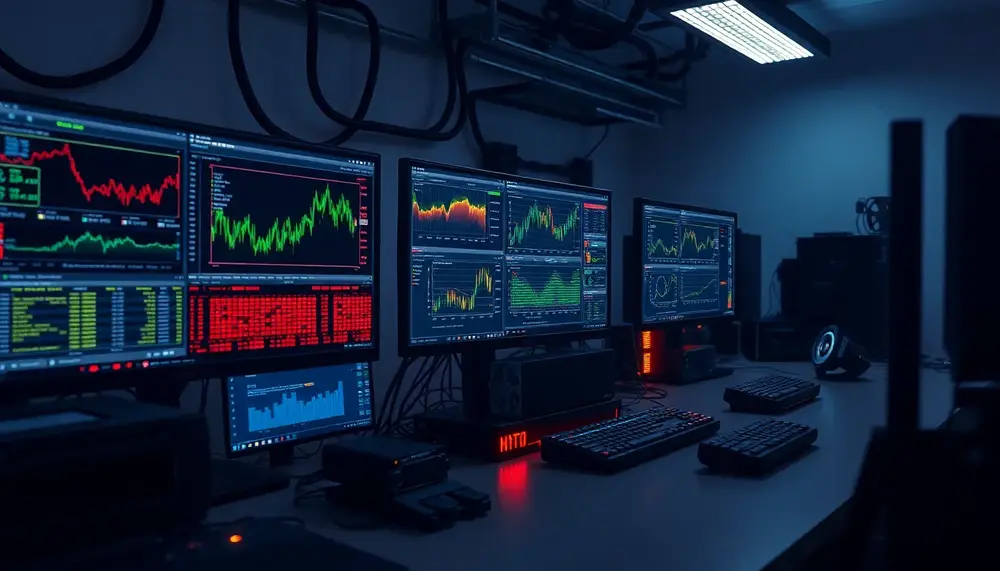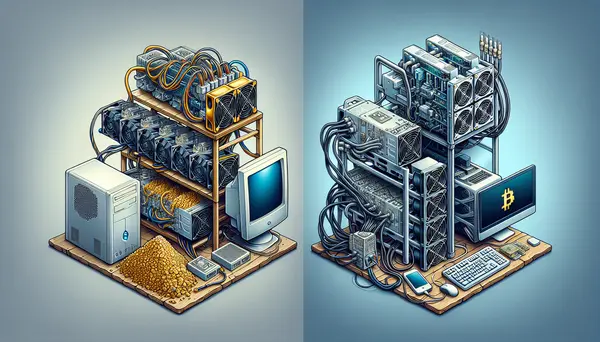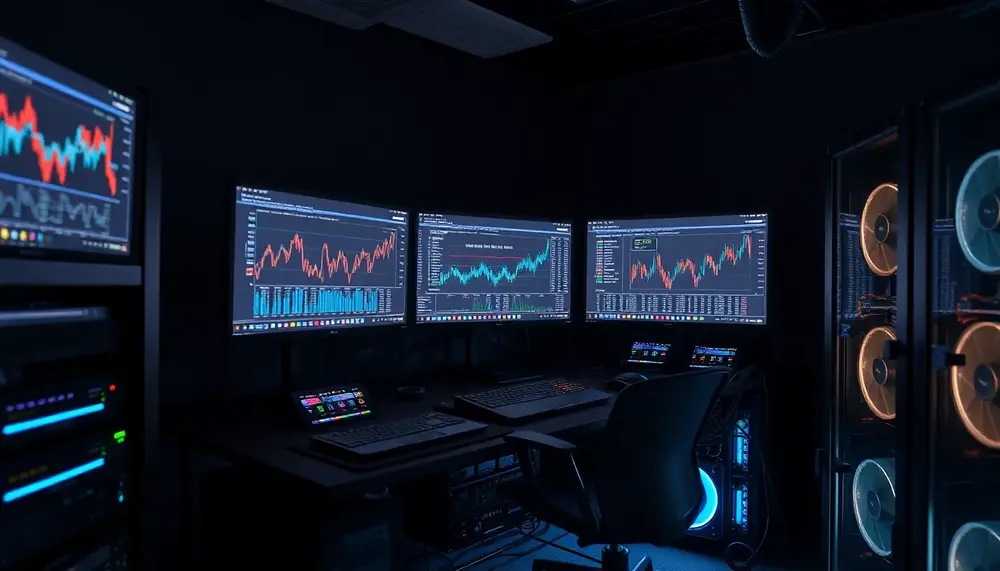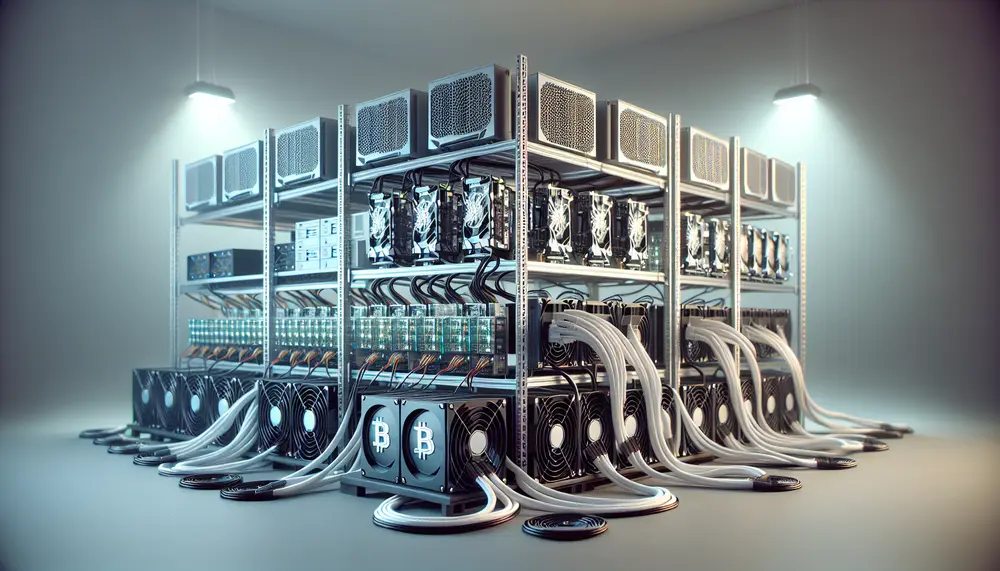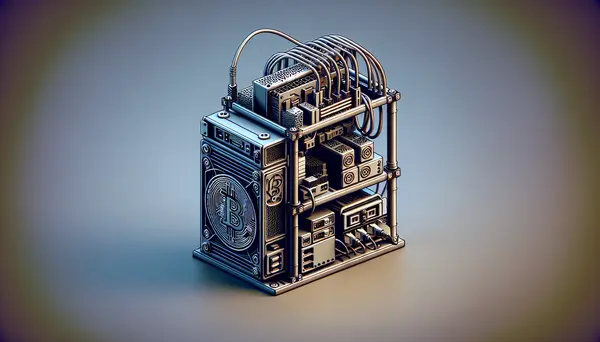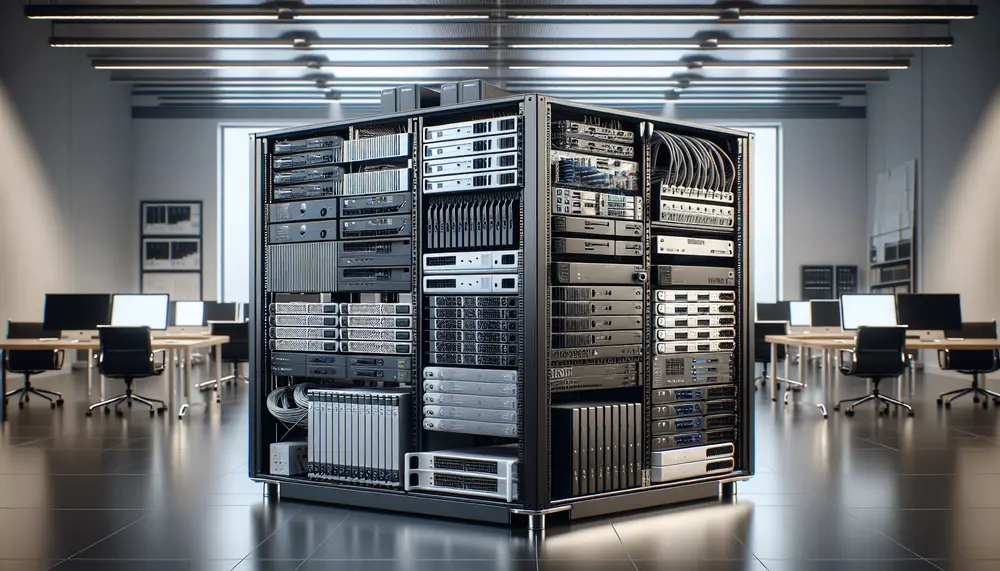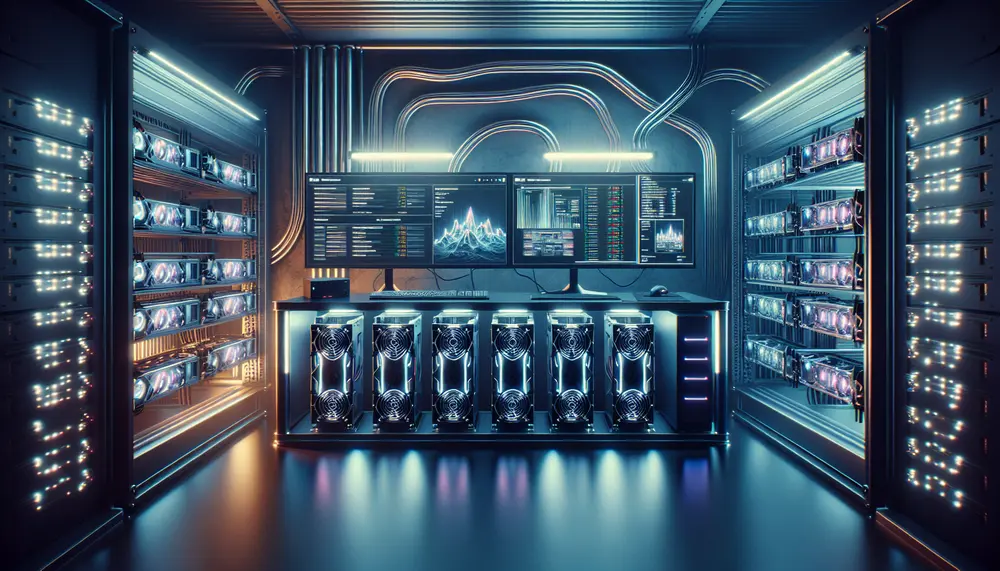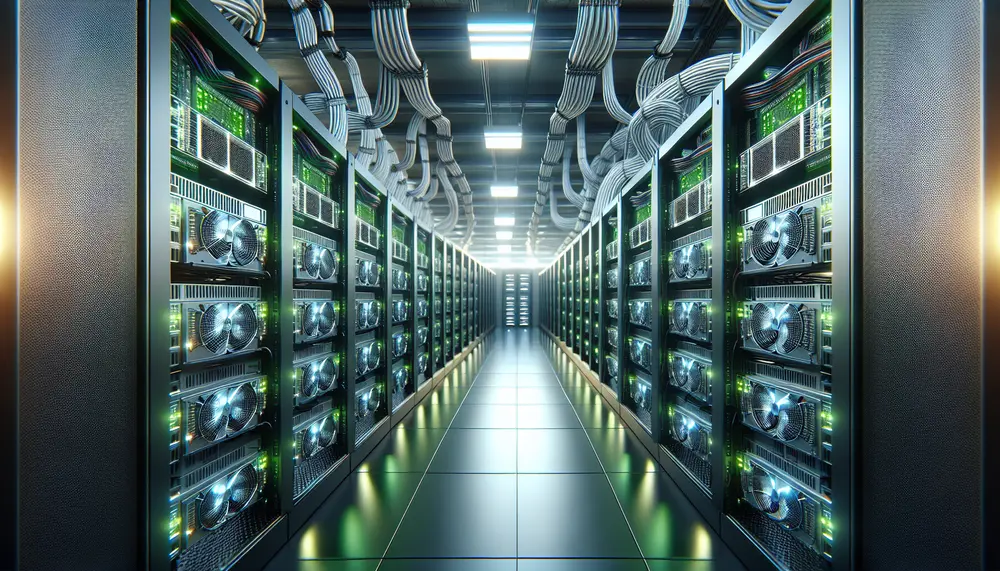Understanding FPGA in Bitcoin Mining
Modern Bitcoin mining is a fast-paced and competitive world, requiring the fastest and most efficient hardware available. Among the various types of hardware used in this process, there's a piece of technology making substantial waves: FPGA, short for Field-Programmable Gate Array.
What exactly is an FPGA?
A FPGA is a silicon chip built with integrated circuits. It can be reprogrammed according to the desired application or functionality. Unlike fixed processors, FPGAs can be adapted to suit any purpose, from digital music processing to – you guessed it – Bitcoin mining.
Why use FPGA in Bitcoin Mining?
The primary benefit of using FPGA technology for Bitcoin mining lies within its flexibility and efficiency. While CPUs and GPUs are general-purpose devices meant to handle an array of tasks, an FPGA is designed and coded for a specific function. In this context, that function would be to mine Bitcoin, making FPGAs undoubtedly faster and more energy-efficient than traditional mining hardware.
The Shift from CPU and GPU mining to FPGA
The process of Bitcoin mining evolved over time. Miner's initially used CPUs for mining, later moving on to GPUs due to their superior speed and efficiency. However, neither could compete when the FPGA showed up in the picture. Not only do FPGAs perform faster, but they also consume far less power, making them a more cost-effective solution for Bitcoin mining.
The Advantages and Disadvantages of FPGA mining
Using FPGAs for Bitcoin mining presents pros and cons. In terms of benefits, FPGAs significantly exceed the speed and power efficiency of CPUs and GPUs. However, they also come with a higher upfront cost. Despite this, for those serious about mining, the ROI with FPGAs is often much quicker than with other hardware types.
The most significant drawback of FPGA mining is its complexity. Understanding how FPGAs function and programming them for mining requires a higher knowledge level than more traditional mining methods.
Final Thoughts
While FPGA technology may not be for everyone, its contributions to the realm of Bitcoin mining are undeniable. As mining becomes more competitive and complex, the importance of speed and efficiency increases - making FPGAs an increasingly viable choice for those serious about Bitcoin mining.

